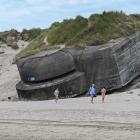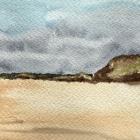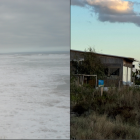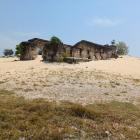Sea, Dunes, Winds, and People: Connections That Transform
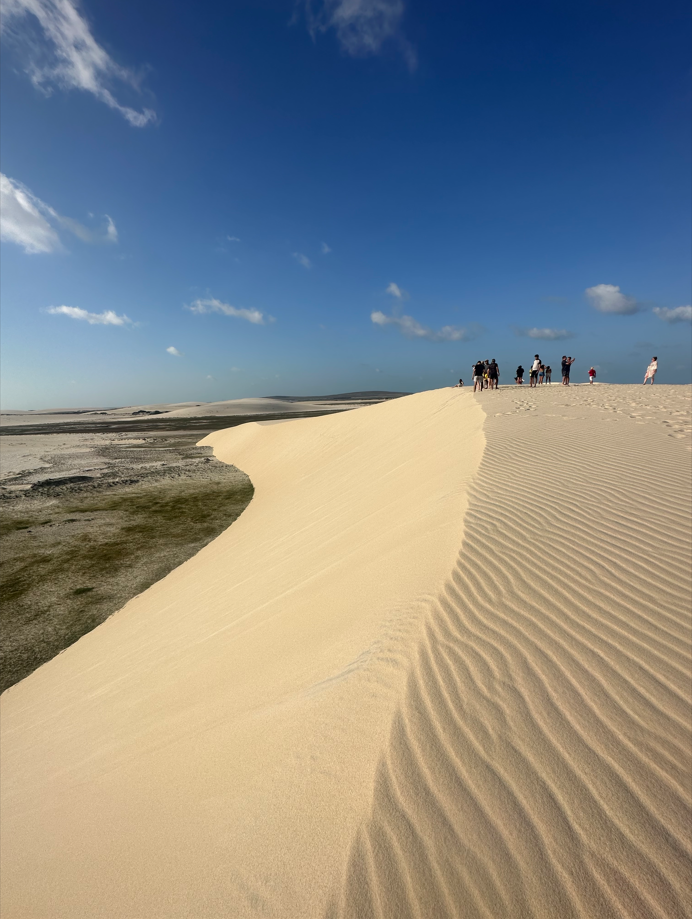
Sand dune tourism in Jericoacoara National Park, Ceará, Brazil
Sand dune tourism in Jericoacoara National Park, Ceará, Brazil
Davis de Paula
 This work is licensed under a Creative Commons Attribution 4.0 International License.
This work is licensed under a Creative Commons Attribution 4.0 International License.
Ralph Alger Bagnold, in his work The Physics of Blown Sand and Desert Dunes (1941), defines dunes as forms resulting from the dynamic interaction between wind and sand in coastal or arid environments. They are shaped by the aeolian transport of particles through saltation or rolling. Bagnold highlighted processes such as dune migration and morphology, linking phenomena observed in deserts and coastal areas, thereby contributing significantly to the understanding of aeolian geomorphology.
Dune systems provide numerous ecosystem services, including coastal protection against erosion and storms, aquifer recharge, barriers against saline intrusion, and habitats supporting biodiversity. They also hold sociocultural value as spaces for cultural, religious, sporting, and leisure activities. On the coast of Jericoacoara, in the Brazilian municipality of Jijoca de Jericoacoara, Ceará, coastal tourism is the main economic activity linked to these landscapes. However, unregulated tourism can cause significant environmental impacts. Trampling and vehicle traffic damage sand-binding vegetation, accelerating sediment transport and dune migration. Other issues include erosion from sand extraction, pollution from solid waste and effluents, and habitat fragmentation due to tourist infrastructure, undermining the ecological functionality of the coastal zone
The disappearance of the Duna do Pôr do Sol (Sunset Dune), Jericoacoara’s most popular postcard image, exemplifies how intensive and improper use can lead to the loss of iconic landscapes. In 2023, several media reported that the emblematic Sunset Dune was about to disappear. For many years, thousands of people have gathered there to watch the sunset, celebrating life, rites, beliefs, and cycles of transition. The dune was a symbol of encounter, spirituality, and belonging—a sacred space in the landscape and in collective memory. Its disappearance is the result of a series of factors, namely sea encroachment, intensive trampling, and increased urbanization, which have altered the natural dynamics of the local dunes and compromised the sand supply that sustained their existence.
Sustainable management is essential to mitigate these impacts, balancing tourism with environmental preservation to ensure the continued provision of ecosystem services and the cultural value of dunes.





